Today was our second workshop at USAC and there were just as many people here today as there were last week, something that surprised me. Since the certificate program does not provide school credits, I thought people might check out what we were doing and then not come back. Anyway, today was fun because it started with an exercise on sexism in the media and most of the class (including Carlos, Simon and I) got up to dance to the two songs Carlos put on.
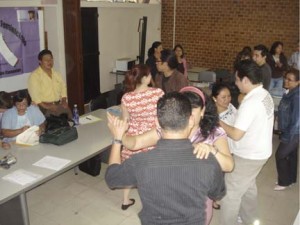
Us dancing
One was faster, and one sounded more slow and romantic. After dancing the students discussed the lyrics of the songs and analyzed their content, since both songs were incredibly sexist.
Next, the students broke up into small groups and read a recent article from El Diario La Hora, and had to make conclusions based on the article and present them in front of the class.
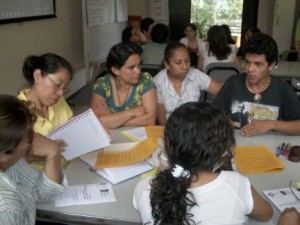
One group discussing the article

Presenting conclusions
The woman talking is from Caja Lúdica! Good thing she came, she was brilliant.
Lucia said her goodbye’s to the class since she is today to symbolize that I am continuing the campaign leaving this weekend and won’t be here for the last two classes.

This is the baton/paintbrush Lucia gave me at the USAC
After the presentations there was lively discussion about feminism and gendered violence, and Lucia and Carlos passed out the white ribbons which symbolized taking a pledge to join the fight against gender violence.
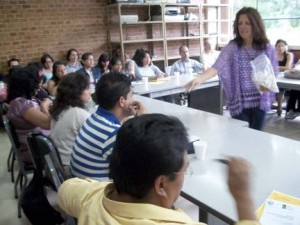
- Handing out the ribbons
After class today, everyone swarmed
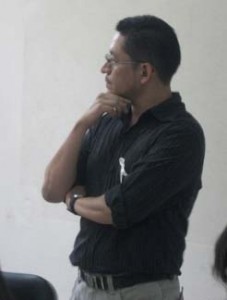
- Carlos wearing his
Lucia and me to make sure they had our correct contact information and to turn in anything they hadn’t turned in, and we reassured them that though Lucia was leaving, MIA was staying here. The baton is now mine; I hope I can do MIA justice!
Lucia and the women from IUMUSAC
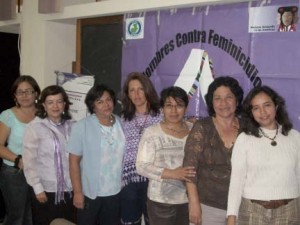
IUMUSAC and MIA







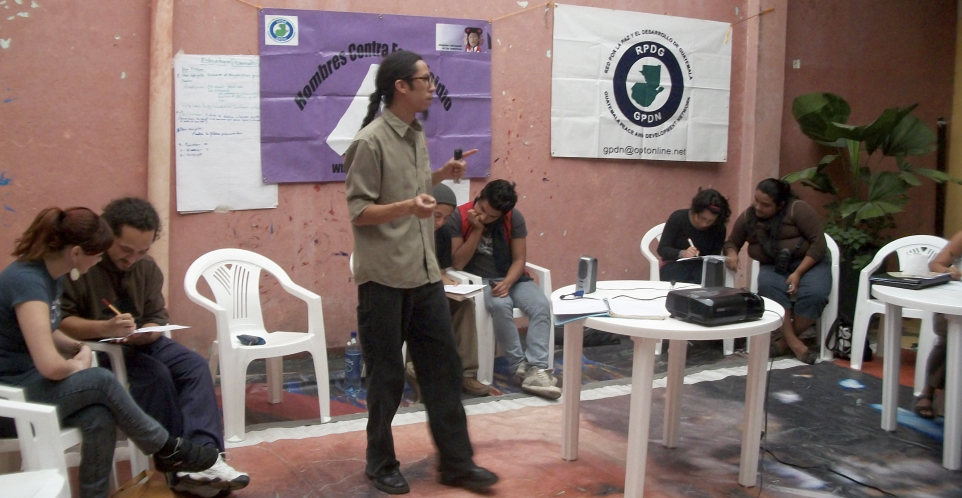
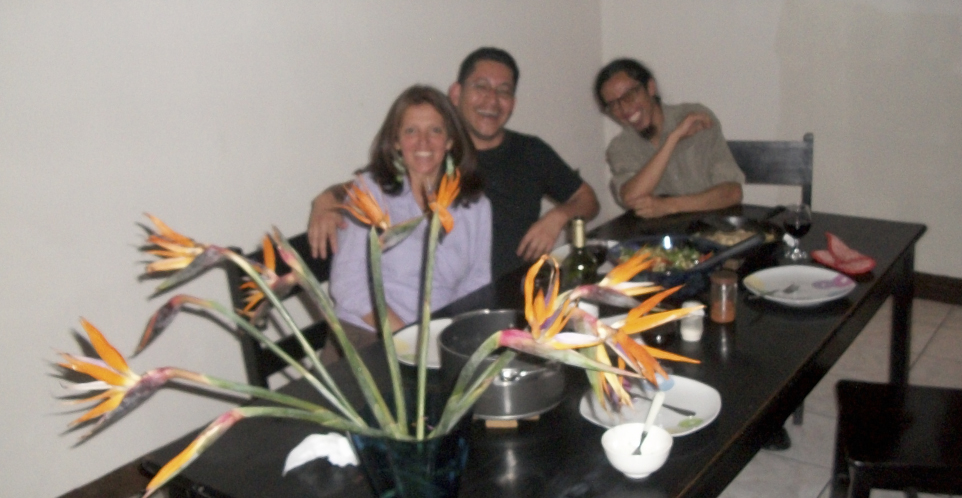
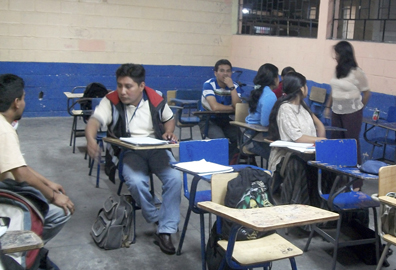

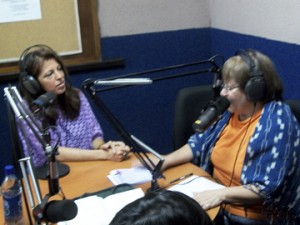

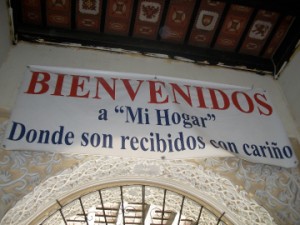
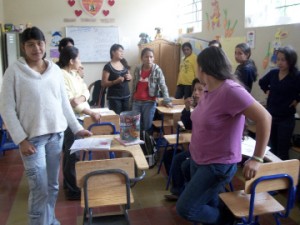
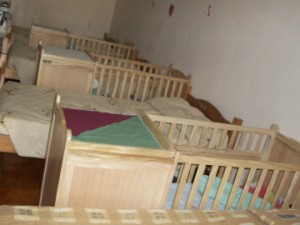


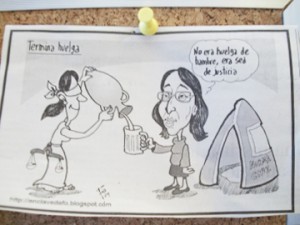
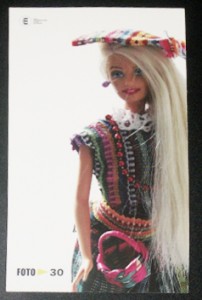
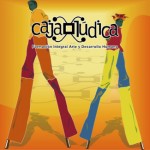
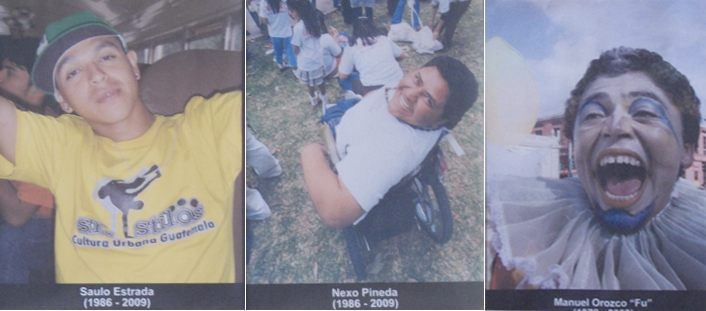
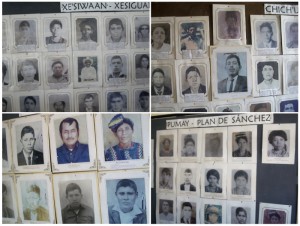
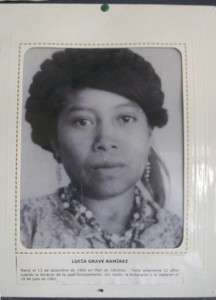
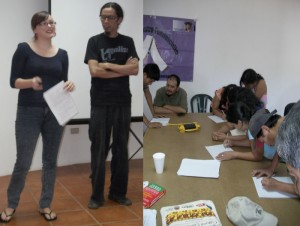
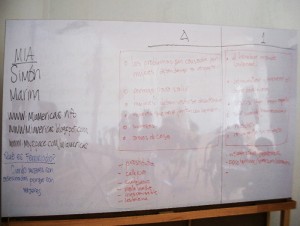
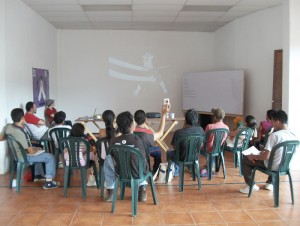
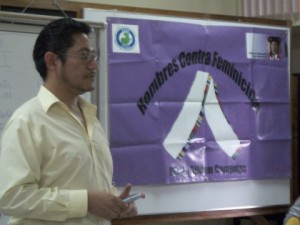
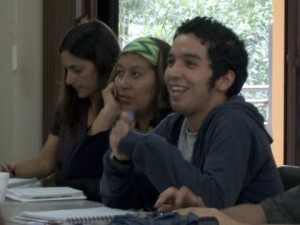
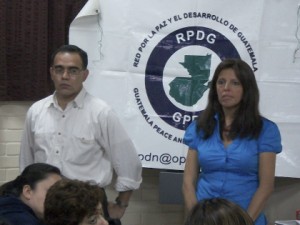
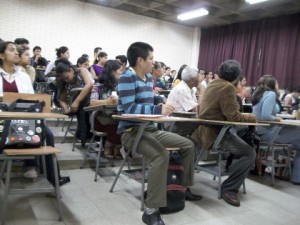
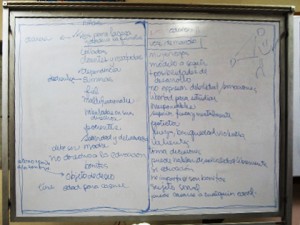
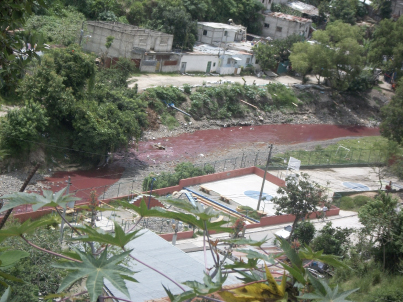
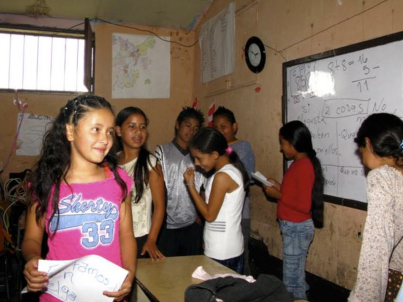
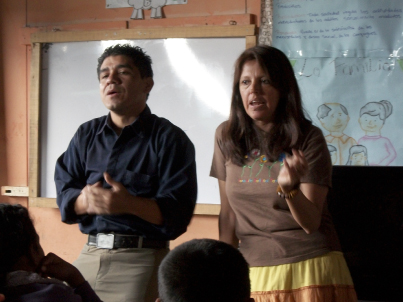
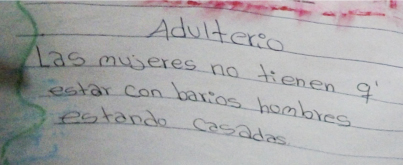

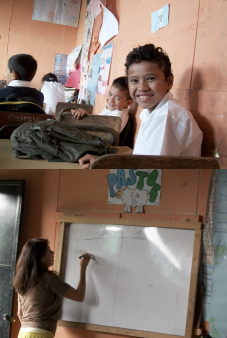
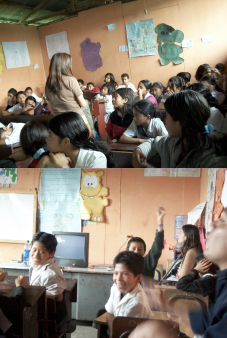


 Proud Founder Member of the Guatemala Peace and Development Network
Proud Founder Member of the Guatemala Peace and Development Network